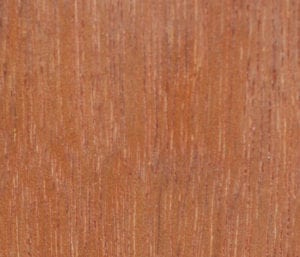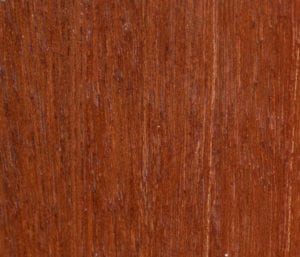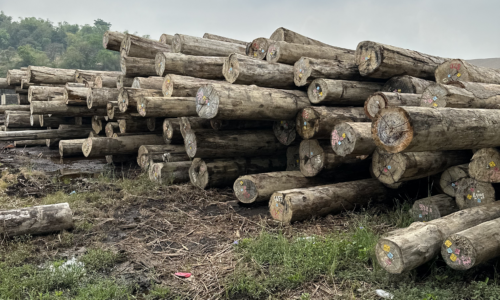Here's the truth behind Philippine Mahogany:
The term "Philippine Mahogany" was used largely in the 1950's and '60's to describe wood species used on luxury boats or yachts.
For many years the Meranti wood species has been known as "Philippine Mahogany." Philippine Mahogany is a term that generally applies to a number of wood species native to southeast Asia. Confusingly, Philippine Mahogany is not actually a type of Mahogany at all.Many types of wood have co-opted the name but aren’t truly Mahogany, such as Royal Mahogany and East Indian Mahogany. “True” Mahogany comes from the Swietenia and Khaya genuses, while the name “Philippine Mahogany” has been used to describe many types of lumber species from the Shorea genus. (Things get even more confusing when buying lumber in Australia, where wood from the Shorea genus is marketed as Pacific Maple!)
Philippine Mahogany encompasses many different varieties of wood that have been offered by non-traditional lumber companies, creating negative results and a bad rap for the name. The five main groupings (based on heartwood color and weight) for Philippine Mahogany are Light Red Meranti, Dark Red Meranti, White Meranti, Yellow Meranti, and Balau.
Each of These Types Not Only has a Different Appearance but has Different Mechanical Strength Values and Different Working Properties.
Many Philippine Mahogany/Meranti importers in the United States sell a commercial grade known as DUC (Dark Uniform Color), but unfortunately, actual uniformity has been sorely lacking. This grade has wide variances in grain, color, and tone.
Out of all of the false Mahoganies, those in the Shorea genus probably come the closest to genuine Mahogany in look and workability. Philippine Mahogany/Meranti has been used for centuries as a less expensive substitute for Mahogany and is an excellent choice for everything from structural work, boat building, outdoor furniture, and decking.
All true Mahogany species in their native countries are listed in Appendix II of the International Trade in Endangered Species (CITES). Philippine Mahogany/Meranti is not listed on CITES II, making it a more ecologically sound choice.
Meranti and Philippine Mahogany are Two Names for the Same Species of Wood, but in Order to be More Precise and Deliver a More Uniform and Consistent Product, Overseas Hardwoods Company (OHC) has Decided to Focus on Two Specific Types of Meranti.
Nemesu (Left) & Dark Red Seraya (Right)
Meranti Nemesu is a dense/dark species, and Meranti Dark Red Seraya is a medium dense/dark species. Both have a warm, luminous appearance with consistent color and grain variation, and a high degree of workability.
Thanks to OHC’s outstanding reputation as a top source of high-quality lumber, you can eliminate uncertainty and count on a reliable, consistent product when you choose Meranti for a project.








